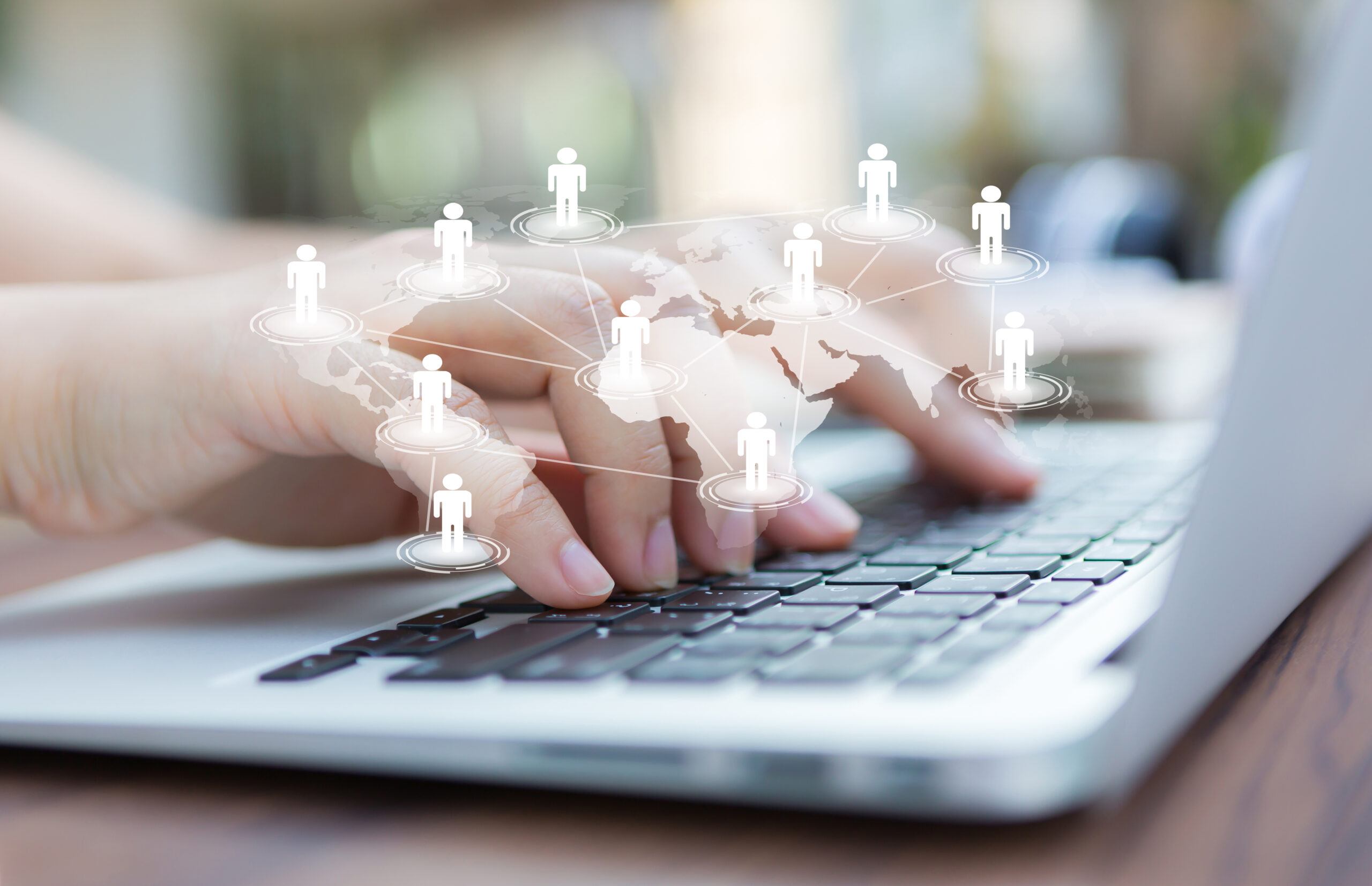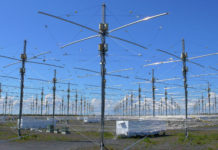The huge seaplanes of the late 1930s sped across the water on their take-off run. They established the first long-distance airline routes across the world’s oceans. These journeys were beyond the range of conventional airplanes, which could not carry enough fuel. But seaplanes were able to cross oceans by refuelling at harbours and islands as they went. The largest commercial seaplane was the Boeing 314, which entered service in March, 1939. During World War II (1939-1945), seaplanes were used to hunt enemy submarines and rescue pilots. After the war, the seaplanes found themselves competing with fast, reliable airliners on long-distance passenger routes. As the seaplanes were much more expensive to run, they were gradually phased out.
The Boeing 314 was designed to carry around 75 day passengers, or 35-40 in sleeping berths on long-distance flights. The 10-man crew included two pilots, a navigator, a flight engineer, a radio operator, the ship’s master (an officer who commanded the plane but did not fly it), and a relief crew of four. Pan American Airways operated a fleet of Boeing 314s-called “Clippers” after the fast-sailing vessels of the 1800s-on routes across the Atlantic and Pacific. A Clipper’s transatlantic journey from New York City to Europe took about 24 hours, including two stops en-route. The flight across the Pacific, from San Francisco to Hong Kong, took five or six days, with rest and refueling stops on Hawaii and other Pacific islands.











